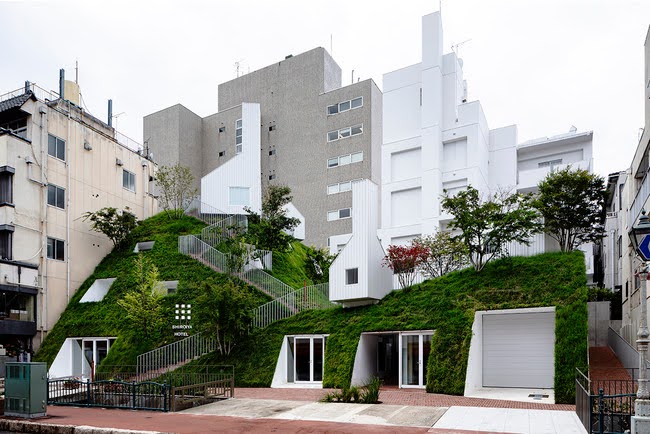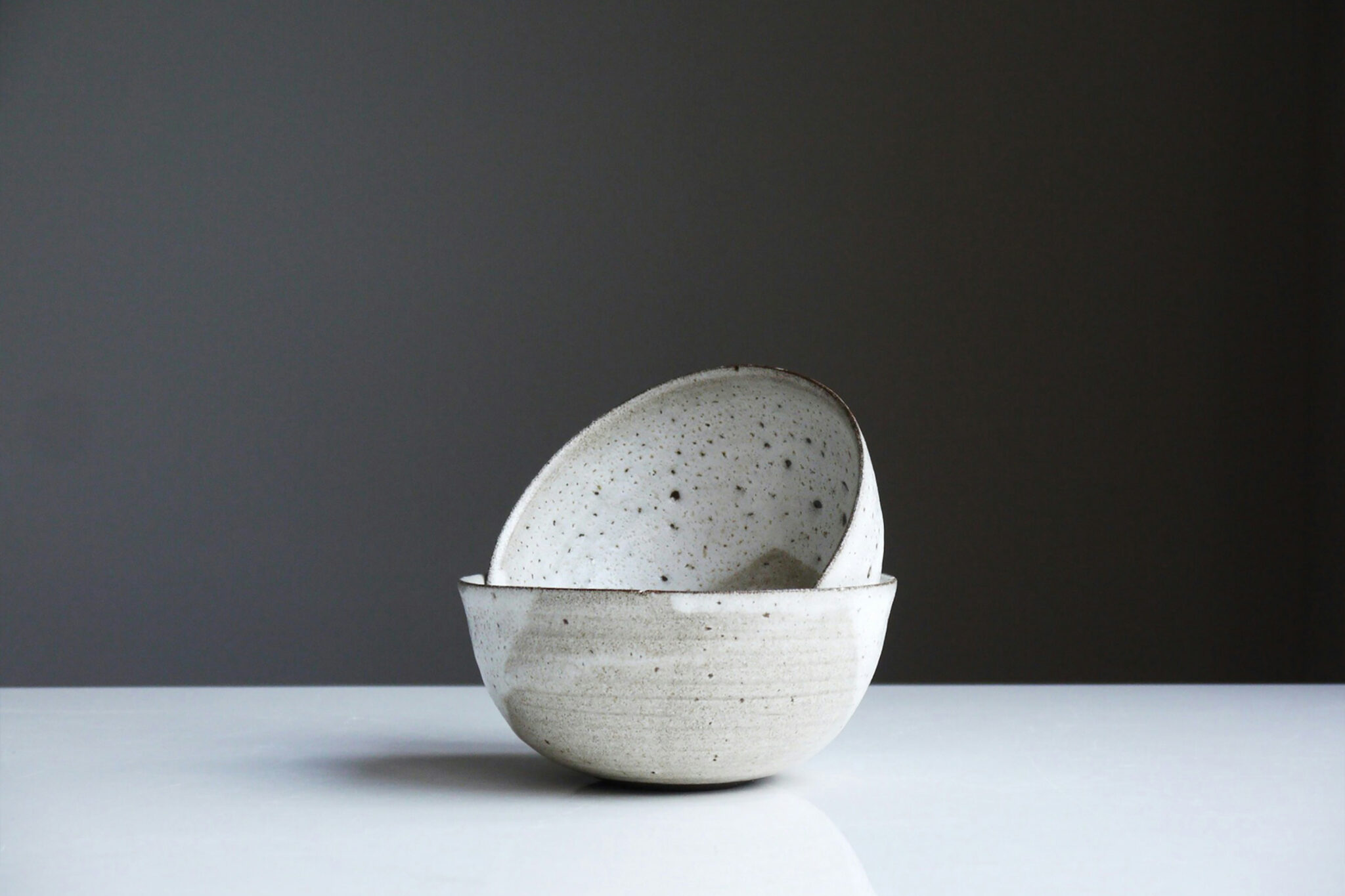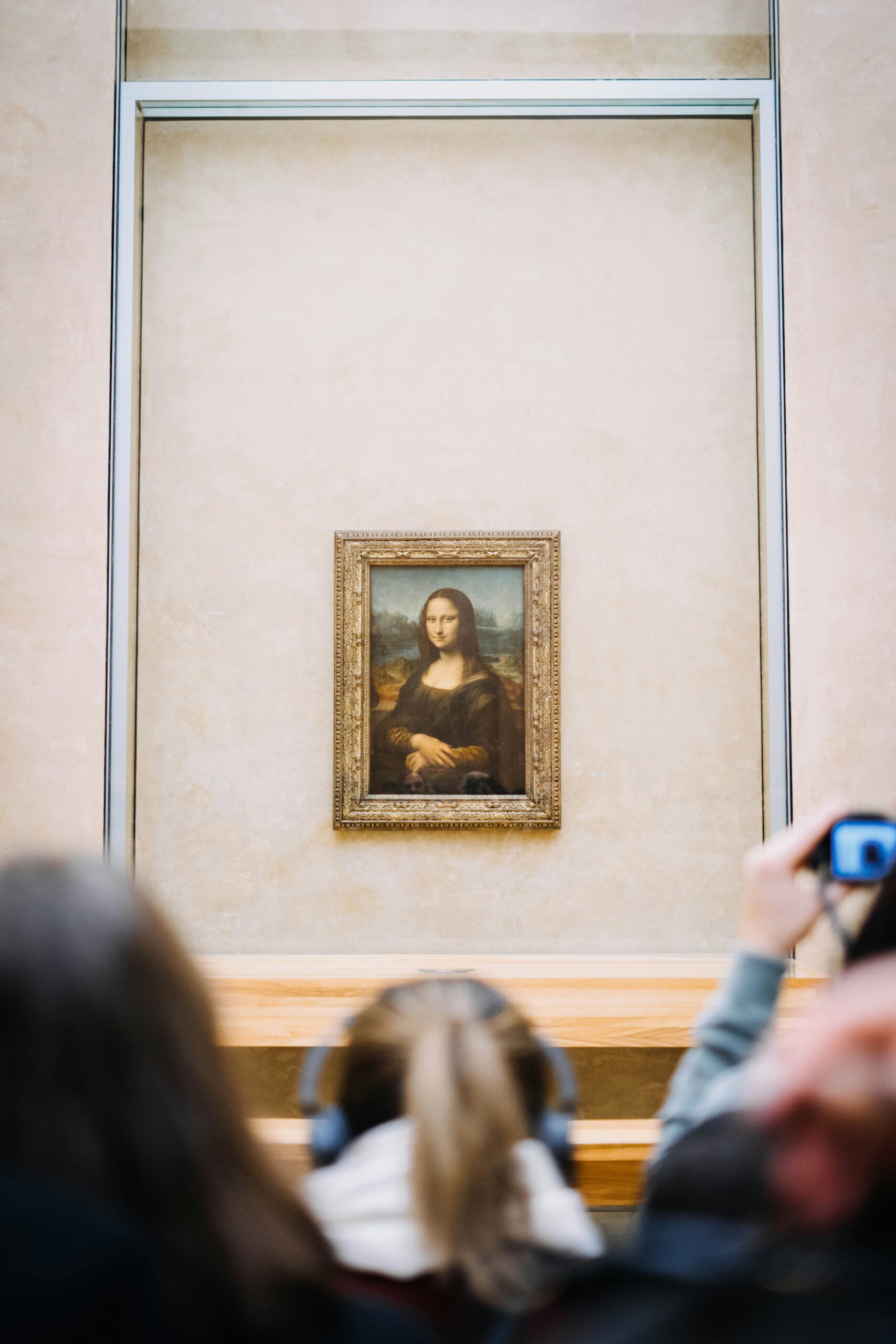In today’s world of digital goods and information, a trip that engages all five senses is very analog, but it provides a joy that can only be obtained there. Taste delicious food and drinks, see breathtaking views yet to be discovered, and meet people on your travels. In addition to these pleasures, visiting museums and local art festivals has recently become one of the purposes of travel. This is called art tourism.
Many famous museums are located in major cities around the world, including the Louvre in Paris, the British Museum in London, the Metropolitan Museum of Art (MET), and MoMA in New York. In the same way, Japan has many attractive spots. As part of this issue, we present various types of artistic accommodations.

Zentokuji Temple in Toyama Prefecture is also famous for being the place where Yanagi Soetsu, the proponent of the Mingei movement, stayed while writing his magnum opus, “The Spirit of Mingei.” In March 2024, the Zentokuji training hall was renovated and opened as a folk art museum called “Mujinsha.” The original training hall was designed by architect Keiichi Yasukawa, a beloved disciple of Yanagi. Throughout the interior, folk art pieces are displayed while preserving their original charm. It displays folk art from around the world, including works from renowned artists like Shiko Munakata, Shoji Hamada, and Kanjiro Kawai.
Furthermore, Morito-sha provides a variety of courses and activities to experience “Doku” beyond just accommodation to carry on the fundamental philosophy of the Mingei movement. This place has become a “school for beautiful living” where many people gather for learning.
In terms of being revitalized through redesign, the Shiroiya Family Hotel in Gunma Prefecture shares this commonality as well.

Shiroiya Family Ryokan was established during the Edo period as a supplier to the Imperial Household Agency. Former residents included Mori Ogai and Kisuke Nogi, a military officer who inspired Yusuke Nogi, the protagonist of the TV show “VIVANT.” Unfortunately, the building closed in 2008 due to the decline of the city center. An effort to revitalize the area began in 2001 despite threats of demolition. It featured several domestic and international creators, including Leandro Erlich and Sou Fujimoto. Following extensive renovations for six and a half years, the Shiroiya Hotel reopened in 2020. The hotel’s interior features works from Leandro Erlich, most famous for his “Swimming Pool” at the 21st Century Museum of Contemporary Art, Kanazawa, Hiroshi Sugimoto, Tatsuo Miyajima, and others, all of which contribute to the unique hotel experience.
Betting on Architectural Beauty and Romance in Odd Numbers
When we consider the beauty of human-made things as part of the broad definition of art, we must also mention architectural beauty.

Founded in 1878, the Fujiya Hotel was Japan’s first full-fledged resort hotel. It is a well-known architectural masterpiece located in Hakone’s Miyanoshita, and many of its buildings are registered as tangible cultural properties.
The ceiling of the main dining room, “The Fujiya”, located on the second floor of the dining hall building, features 636 different alpine plants, 507 birds, and 238 butterflies on the wall near the ceiling. There are also sculptures depicting the twelve signs of the Chinese zodiac. In 2018, the Kawamo Art Research Institute began conserving and repairing the ceiling paintings. Recently, it was revealed that four Japanese painters, Hirotoshi Watanabe, Shofu Honda, Nanpu Onuma, and Baisho, collaborated in creating the ceiling paintings. Therefore, it is an architectural design that pays great attention to detail. Try the hotel’s apple pie while you’re there- Yoko Ono and John Lennon enjoyed it while staying here.
In the second part of this issue, we will introduce accommodations that will attract art makers.



